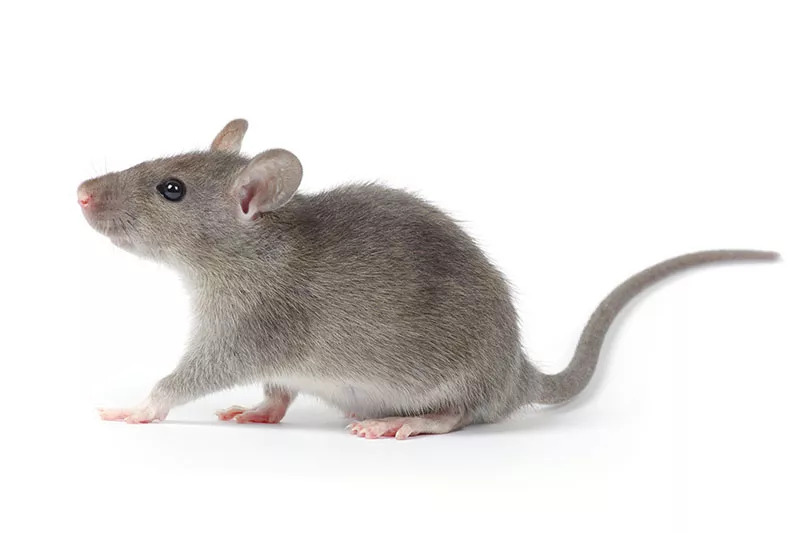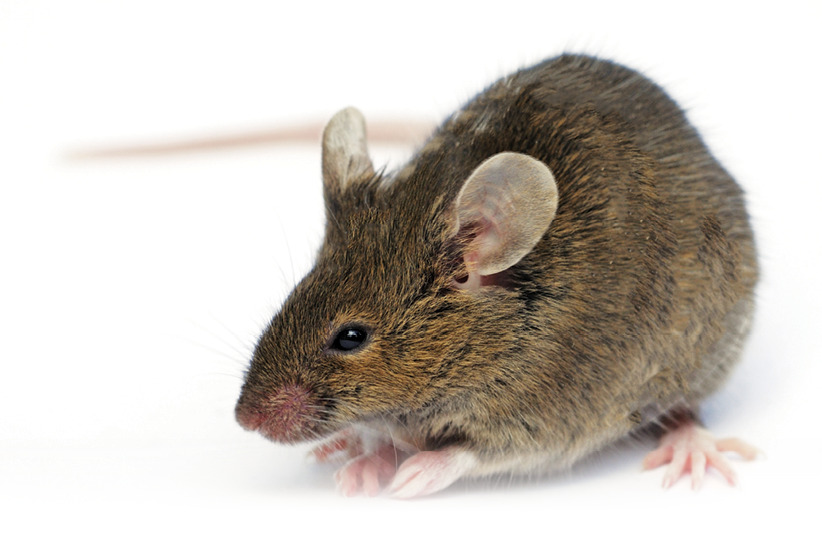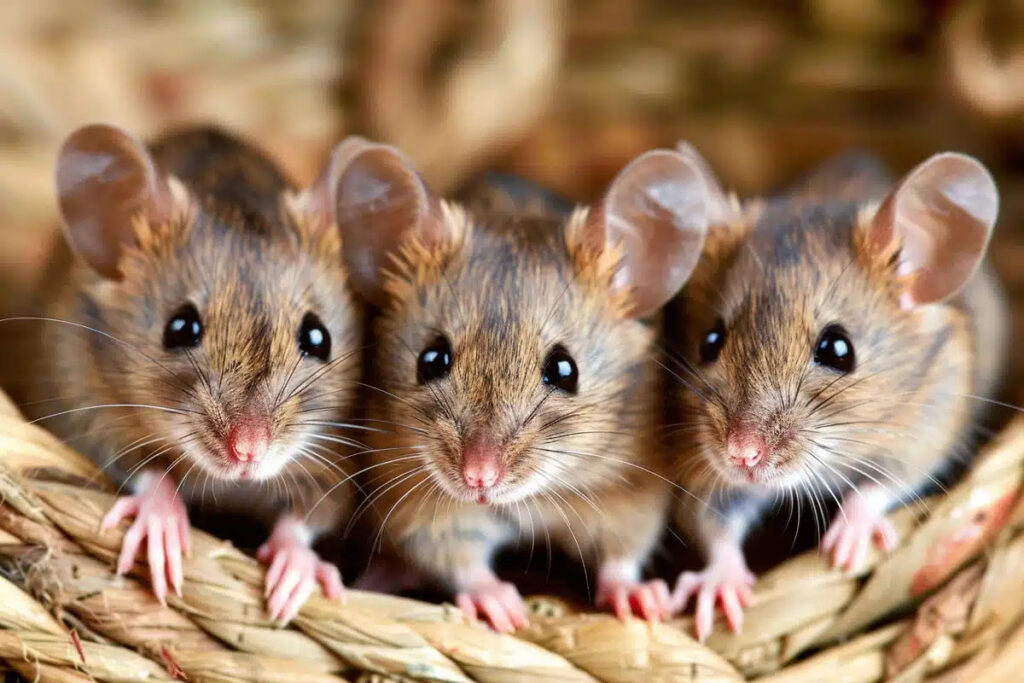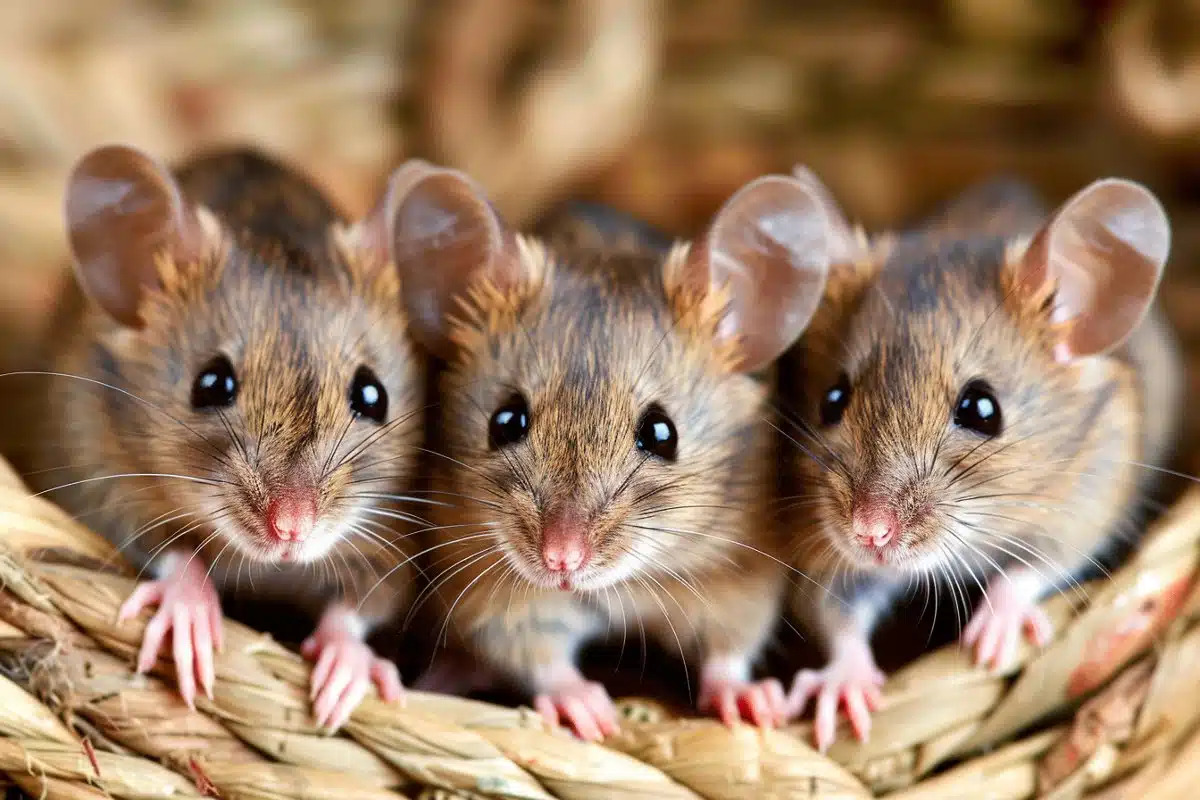Table of Contents
ToggleTop 30 Amazing and Interesting Facts About Mice
Mice are little mammals that are members of the rodent family. They are well-known for being observant, flexible, and able to live well in a variety of settings. Despite being viewed as pests, mice are essential to many ecosystems because they offer a source of food for a variety of predators and aid in the spread of fungus and seeds.

Mice are little, sometimes disregarded animals that are important to our societies, ecosystems, and even scientific studies. These little mice are fascinating in many ways, despite the fact that many people may just consider them to be pests. Mice are among the most fascinating animals in the world because of their distinctive traits, which range from their social structures to their adaptability.
Mice usually have long, thin tails, big, rounded ears, and pointed snouts. Depending on the species, their fur might be gray, brown, or white in color. When the tail is removed, adult mice typically weigh between 10 and 30 grams and are 3 to 4 inches long.
Mice are incredibly versatile animals that can be found practically anywhere in the world. They do well in a range of environments, such as urban areas, meadows, and woodlands. Mice are nocturnal creatures by nature, and they are most active at night when they scavenge for food. They can explore and locate food in the dark thanks to their excellent sense of hearing and smell.
Mice are renowned for their social interactions as well. They use vocalizations and scent marks to communicate in their intricately structured colonies. They are among the most resilient species, able to recover from environmental shocks thanks to their rapid reproduction.
Mice have been used extensively in science, especially in the fields of genetics and medicine. Their resemblance to humans in terms of biology makes them popular as model organisms in scientific settings. The understanding of human diseases and the creation of therapies have significantly advanced as a result.
In this blog post, we’ll dive deep into the world of mice, uncovering 30 amazing and interesting facts about these remarkable creatures.
1. Mice Are Extremely Adaptable
Mice are among the most adaptable creatures on Earth. They can thrive in almost any environment, from urban areas to rural farmlands, and even in the wild. Their ability to adapt to different habitats has allowed them to spread across the globe, inhabiting nearly every continent except Antarctica.
2. Mice Are Excellent Climbers and Jumpers
Despite their small size, mice are incredibly agile. They can climb vertical surfaces with ease, jump up to a foot in the air, and squeeze through tiny openings as small as a quarter of an inch. This agility helps them escape predators and find food in places that are difficult for other animals to reach.
3. Mice Have a Strong Sense of Smell
Mice rely heavily on their sense of smell to navigate their environment, find food, and communicate with other mice. Their keen sense of smell is so developed that they can detect changes in their surroundings, such as the presence of predators or new objects, from a distance.
4. Mice Are Social Animals
Mice are highly social creatures that live in groups, often referred to as colonies. They communicate with each other through various means, including vocalizations, body language, and scent markings. Social bonds are important for mice, and they often groom each other to reinforce these bonds.
5. Mice Are Nocturnal
Mice are primarily nocturnal, meaning they are most active during the night. This behavior helps them avoid predators and human activity. During the day, they typically hide in burrows, nests, or other secure locations.
6. Mice Have Short Lifespans
In the wild, the average lifespan of a mouse is about 12 to 18 months. However, in controlled environments such as laboratories or homes, mice can live up to two to three years. Their short lifespans are balanced by their high reproductive rates.
7. Mice Are Prolific Breeders
Mice are known for their rapid reproduction. A single female mouse can produce up to 10 litters per year, with each litter consisting of 5 to 12 pups. This high reproductive rate allows mouse populations to grow quickly, especially in environments with abundant food and shelter.

8. Mice Have Poor Eyesight
Mice have relatively poor eyesight compared to other animals. They are colorblind and can only see in shades of gray. To compensate for their poor vision, mice rely on their other senses, particularly their sense of smell and touch, to navigate their environment.
9. Mice Communicate Through Ultrasonic Sounds
Mice use ultrasonic vocalizations to communicate with each other. These high-frequency sounds are often inaudible to humans but are crucial for mice in social interactions, mating, and signaling danger. Baby mice, known as pups, use these vocalizations to call for their mothers.
10. Mice Are Omnivores
Mice are omnivores, meaning they eat both plant and animal matter. Their diet typically includes grains, seeds, fruits, vegetables, and insects. In urban environments, mice will also consume human food scraps, making them common pests in homes and restaurants.
11. Mice Are Used in Scientific Research
Mice are one of the most commonly used animals in scientific research. Their genetic, biological, and behavioral characteristics are similar to those of humans, making them ideal subjects for studying human diseases, genetics, and drug development. In fact, about 95% of all laboratory animals are mice.
12. Mice Can Regulate Their Body Temperature
Mice have the ability to regulate their body temperature, which helps them survive in various environments. In cold conditions, they can generate heat through shivering and non-shivering thermogenesis, where their brown fat tissue produces heat. This adaptation is particularly important for mice living in colder climates.
13. Mice Have a Highly Developed Sense of Touch
Mice have sensitive whiskers, known as vibrissae, that help them detect changes in their environment. These whiskers are highly sensitive to touch and can detect vibrations and textures, allowing mice to navigate in the dark and sense potential dangers.
14. Mice Are Territorial Animals
Mice are territorial creatures that mark their territory with urine and scent glands. Male mice are particularly territorial and will defend their space from other males. Territorial behavior helps reduce competition for resources such as food and mates.
15. Mice Can Swim
Although they may not look like it, mice are capable swimmers. They can swim for short distances and can even tread water for extended periods. This skill is useful in escaping predators or navigating environments with water barriers.
16. Mice Have a High Metabolism
Mice have a fast metabolism, which means they require a lot of food to maintain their energy levels. They typically eat 15 to 20 times a day, consuming about 15% of their body weight in food each day. This high metabolism also contributes to their short lifespans.
17. Mice Are Intelligent Problem Solvers
Mice are surprisingly intelligent creatures with the ability to solve complex problems. They can learn to navigate mazes, recognize patterns, and even learn from their experiences. This intelligence makes them excellent subjects for behavioral studies.
18. Mice Are Clean Animals
Contrary to popular belief, mice are actually clean animals. They spend a significant amount of time grooming themselves and their colony members. This grooming behavior helps them remove dirt, parasites, and other contaminants from their fur, keeping them healthy.
19. Mice Have Flexible Skeletons
Mice have flexible skeletons that allow them to squeeze through tight spaces. Their ribs are particularly flexible, enabling them to fit through openings as small as a pencil. This flexibility is a key survival trait, helping them escape predators and access food in hard-to-reach places.
20. Mice Can Show Empathy
Recent studies have shown that mice can exhibit empathy-like behaviors. For example, mice have been observed freeing their trapped peers from restraints, even when there is no direct benefit to themselves. This suggests that mice are capable of understanding and responding to the emotional states of others.

21. Mice Have a Strong Sense of Direction
Mice have an excellent sense of direction and can navigate complex environments with ease. They use a combination of their sense of smell, memory, and environmental cues to find their way. This ability helps them locate food, avoid predators, and return to their nests.
22. Mice Are Prey for Many Animals
Mice are a common prey species for a wide variety of predators, including birds of prey, snakes, cats, and foxes. Their high reproductive rate is an adaptation to offset the heavy predation pressure they face in the wild.
23. Mice Have a Unique Dental Structure
Mice have continuously growing incisors that they must keep worn down by gnawing on various materials. This dental structure is a common trait among rodents and allows them to maintain sharp teeth for breaking down food. If their teeth grow too long, it can lead to health problems.
24. Mice Can Recognize Human Voices
Mice can become familiar with the voices of humans they regularly interact with. Studies have shown that mice can recognize specific tones and pitches, and may even respond differently to the voices of different people. This ability to recognize sounds is part of their adaptive behavior.
25. Mice Have Been Domesticated as Pets
While wild mice are often considered pests, domesticated mice have become popular pets. Fancy mice, bred for specific colors, patterns, and temperaments, are kept by enthusiasts around the world. These pet mice are social and can form bonds with their human caretakers.
26. Mice Play an Important Role in Ecosystems
Mice are important contributors to their ecosystems. They help control insect populations by preying on them, disperse seeds through their feeding habits, and serve as a food source for many predators. Their presence is crucial for maintaining the balance in various habitats.
27. Mice Use Scent to Communicate
Mice have scent glands located on their bodies, which they use to communicate with other mice. These scent markings convey information about their identity, reproductive status, and territory. Scent marking is a key aspect of mouse social behavior.
28. Mice Are Used in Space Research
Mice have been sent into space as part of scientific experiments to study the effects of microgravity on biological organisms. These experiments help scientists understand how space travel might impact humans and other animals, contributing to the development of future space missions.
29. Mice Can Survive Without Water for Long Periods
Mice can survive for extended periods without direct access to water. They obtain most of their hydration from the food they eat. This adaptation is particularly useful for mice living in arid environments or areas where water is scarce.
30. Mice Are Symbols in Various Cultures
Mice have been symbolized in various cultures throughout history. In Chinese culture, the mouse is one of the 12 animals of the zodiac, representing cleverness and resourcefulness. In Western cultures, mice are often depicted in literature and media as cunning and quick-witted characters.
Conclusion
Mice are incredibly amazing animals with many intriguing characteristics. They are among the most successful and widespread mammals on the globe because of their intellect, adaptability, and social activities. Despite their diminutive size, they have a huge impact on everything in our environment, including ecosystems and scientific studies. When you see a mouse for the first time, remember the amazing skills and contributions these small but powerful animals are capable of.


